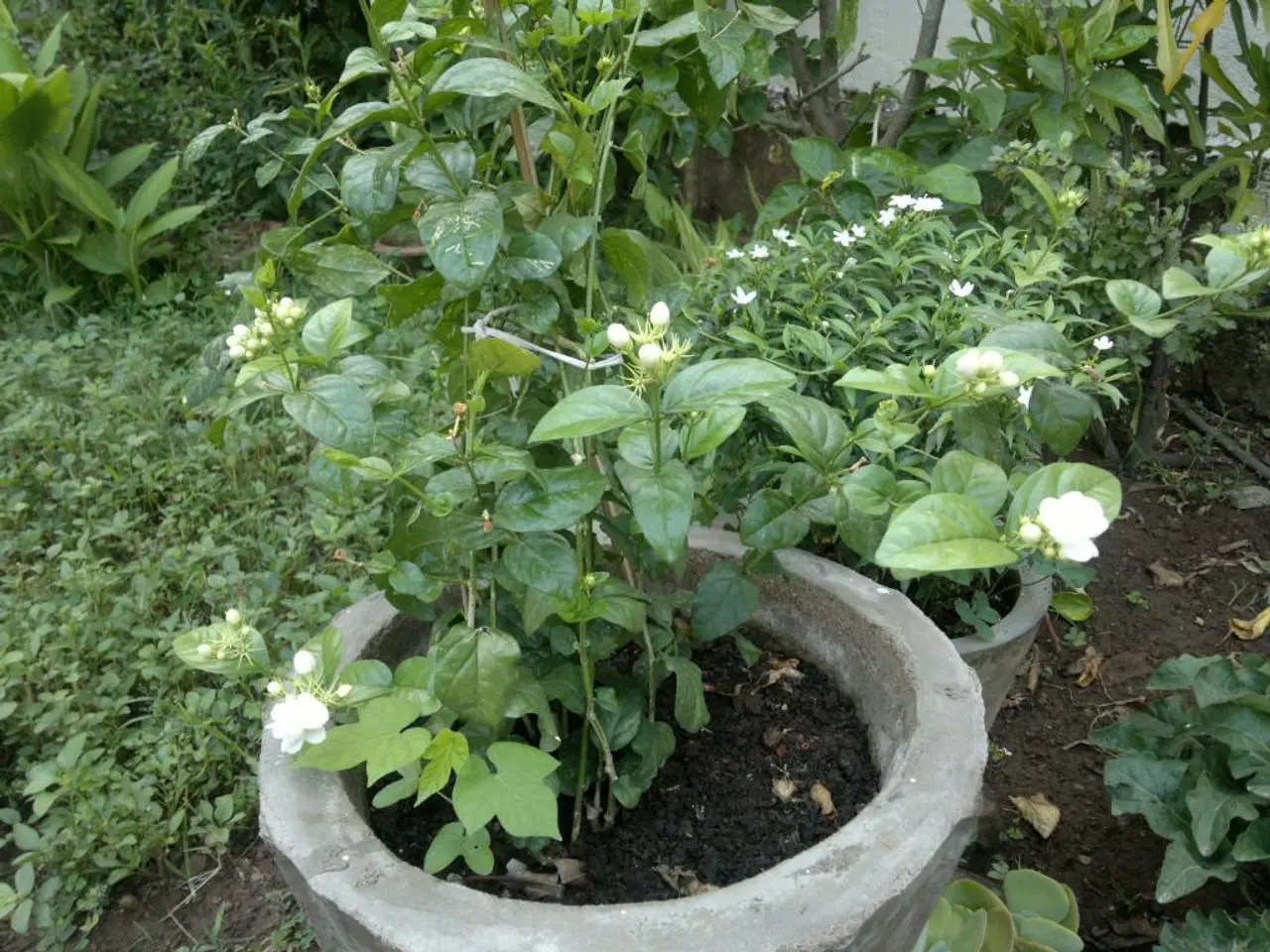Everything you want to learn about Potash Fertilizer, covered in brief.
In the world of farming, potash fertilizers play a crucial role in ensuring healthy plant growth and boosting crop yields. These fertilizers, primarily composed of potassium chloride (KCl) and potassium sulfate (K₂SO₄), are derived from minerals such as sylvite, carnallite, polyhalite, and langbeinite.
Potash fertilizers are vital for replenishing soil potassium, a nutrient essential for plant life. This nutrient is involved in various processes, including enzyme activation, photosynthesis, protein synthesis, and water regulation.
Solution potassium, potassium ions dissolved in soil water, is readily available to plants. Exchangeable potassium, potassium adsorbed onto soil particles, can be exchanged with the soil solution. Non-exchangeable potassium, potassium trapped within soil minerals, is less immediately available but can become plant-available over time through weathering.
The most widely used potassium fertilizer is Potassium Chloride, also known as Muriate of potash (KCl). This fertilizer supplies potassium essential for plant nutrition, improves water retention, disease resistance, and the development of roots and flowers. Potassium Sulfate (K₂SO₄), another common potash fertilizer, is favoured on crops sensitive to chloride and improves crop quality, especially where sulfur is also required.
Both forms increase crop yield and stress tolerance in plants, promoting the production of starch and protein. Potash fertilizers are not only essential for farming but also for the production of lush green gardens and healthy crops containing all potential nutrients.
However, excessive use of potassium fertilizers can lead to the accumulation of potassium in the root zone of soils, affecting the ability of soils to absorb other critical nutrients and minerals. This can result in reduced fertility, highlighting the importance of careful application.
Potash fertilizers should be applied during the growing season, which typically spans from early spring to late summer. They help in the production of important nutrients in crops that humans consume, making them an integral part of our food supply.
In brief, the different forms of potassium on Earth—primarily potassium chloride and potassium sulfate from minerals like sylvite and polyhalite—are processed into potash fertilizers that are essential for modern agriculture by improving plant growth, yield, and resilience. These forms are the backbone of potassium fertilization globally.
In the realm of health-and-wellness, potassium, a nutrient vital for plant life and human consumption, plays a crucial role. This nutrient, which can be found in various forms such as Potassium Chloride (Muriate of potash) and Potassium Sulfate, is derived from minerals like sylvite and polyhalite through the production of potash fertilizers. These fertilizers not only promote fitness-and-exercise by improving crop growth and yield but also contribute to nutrition by enhancing the production of nutrients in the edible parts of the plants, making them a fundamental part of our food supply.




